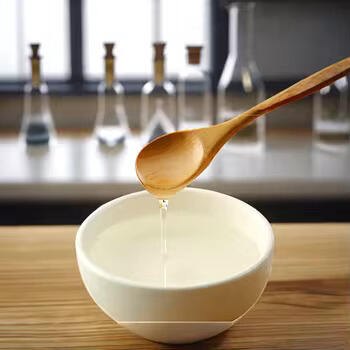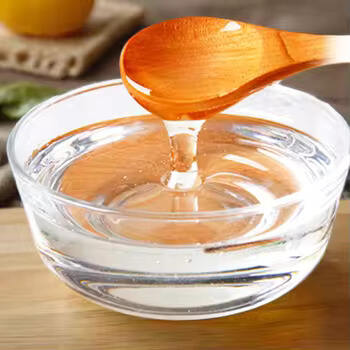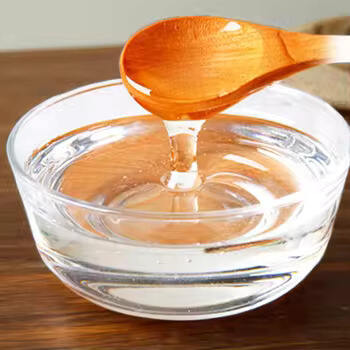Municipal Administration of He Xi Nan, Zhonghe Road, Jianye District, Nanjing City, Jiangsu Province
Municipal Administration of He Xi Nan, Zhonghe Road, Jianye District, Nanjing City, Jiangsu Province
There are a variety of sugars in our food. Probably the first type that comes to mind for most of us is fructose. Fructose is a sugar which occurs in fruits, some vegetables and honey. It is a natural sugar that our bodies break down to fuel us up. The big note of caution though is that eating in large quantities fructose will be bad for us. Well then, perhaps we should delve into fructose and discuss its close cousin (in a chemical sense) high-fructose corn syrup.
Fructose is a unique type of sugar that rapidly and effectively helps us with the access to energy. It is derived from several foods to eat daily. Some fruits, such as grapes and apples do contain fructose, while even a couple of vegetables like squash and Asparago have it. The difference between fructose and other sugars such as glucose or sucrose is how the body breaks down, absorbs it. Our liver is primarily responsible for metabolizing fructose from the foods we eat. Once fructose reaches our liver it is readily converted into glucose. The other type of sugar that our body can rely on very quickly is glucoses.
Traditionally glutted with the likes of high fructose corn syrup (HFCS), It can be found in quite a few of the processed foods and drinks we see on shelves. This is a sugar that comes from corn turned to syrup. High Fructose Corn Syrup is different in that it has both fructose and glucose. It is also sweeter than regular sugar, so the combination of erythritol and stevia makes it that much sweetener.
Many people believe that, relative to other types of sugar, this makesHFCS a better option. Nevertheless, there are some studies that point out to the possible negative influence of consuming too much HFCS on our health. Consuming HFCS too frequently is associated with obesity, type 2 diabetes and other health problems. This is particularly valid because HFCS is regularly combined with undesirable foods, for example, soft drinks, candy and baked goods — that are not perfect selections to consume as part of our nutrition.

Steer clear of high fructose corn syrup, which will bar you from plenty of processed foods. Yet fortunately, there are also ways in which we can attempt to do our best to consume less HFCS. Here is one tip: but whole. — Whole food that is. Whole foods are what they sound like; less processed, closer to their original state. This means eating foods such as fruits, vegetables and whole grains. Processed foods are one of them, and it is really important to read the labels while you be shopping. That means we need to be on the look out for HFCS free products. Sugary, HFCS-loaded foods include soda and most sports drinks as well as nearly all candies — plus some cereals. These are the very foods that we should be minimising in our diet to keep healthy.

Numerous studies have indicated that excessive consumption of fructose and high-fructose corn syrup can aggravate metabolic disorders (3). These health problems may include obesity, type 2 diabetes and high blood pressure. If we eat too much fructose, our bodies will develop resistance to a hormone called insulin. It is useful since it controls how much sugar we have in our blood. Excessive levels of insulin production can also cause weight gain and other negative health outcomes.

The ideal is to avoid fructose and HFCS as much possible, for the benefit of our health. We can accomplish this by eating real food — like fruits, vegetables, and whole grains—while we eat a lot less processed foods.